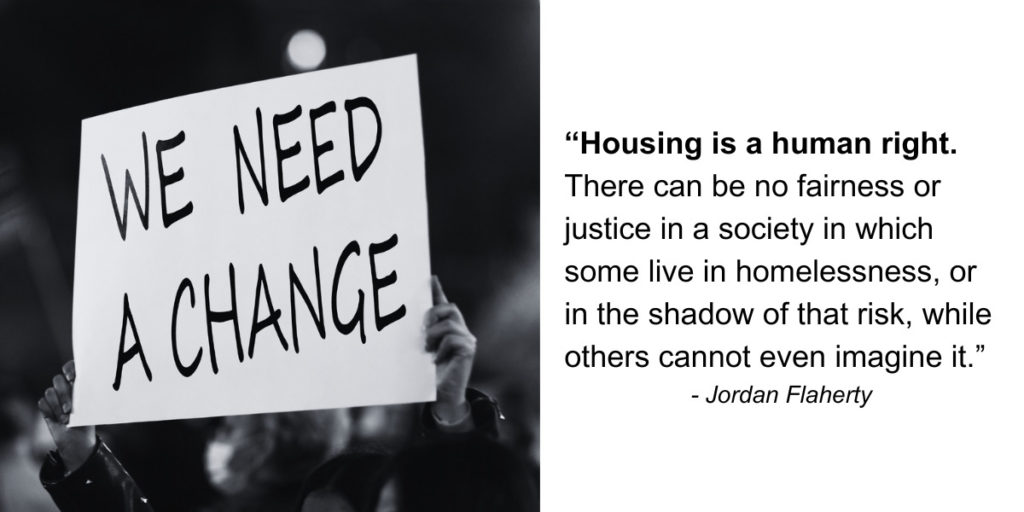Housing Disparity in the US and How We Can Create A More Equitable Future

Background
African Americans have struggled due to systemic racism for centuries and the policies that restrict them from a better life. The blatant racial differences in the U.S. are ongoing – education, employment, health, and wealth are connected to black families’ lack of opportunities for rightful homeownership.
Affordable homeownership wasn’t always an urgent issue. After the Civil War, African Americans owned little land. Still, they acquired it gradually through purchases, homesteading, or leading a self-sufficient lifestyle. Approximately sixteen million acres of land were owned by African Americans in 1910 — the largest amount of land owned by African Americans in history.
Unfortunately, violence, intimidation, and immoral law slowly stripped African Americans of their rightful ownership. By the 1990s, they owned only about 2 million acres of land. Industrialization occurred throughout that period in the US, but the results shouldn’t have been so extreme. Today, black landownership is less than one percent.
Redlining
Government programs promoting homeownership during the New Deal created the practice of “redlining.” As part of its color-coded maps, the federal Home Owners’ Loan Corporation identified areas where households of color lived and considered those “redlined” areas risky for lending — resulting in a nationwide agreement between the Federal Housing Administration (FHA) and the private lenders to avoid insuring loans in redlined communities.
Affordable mortgages assist homeowners in saving more, investing in education, and being more financially stable. Throughout the 19th century, millions of white families benefited from low-down-payment loans insured by the Federal Housing Administration (FHA). As a result, white families could build strong communities and plan for their futures. However, black families did not get the same opportunities to experience the same life-changing benefits.
Redlined communities were also controlled by racially restrictive covenants, or clauses, in deeds. FHA subsidies for subdivision construction in the 1940s accelerated the use of restrictive covenants. Under restrictive covenants, white families were the only ones allowed to buy or resell the new homes. Nationally, private lenders followed suit.
G.I. Bill
Black World War II veterans were not exempt from housing discrimination. Following the war, the federal government provided veterans with low-interest, federally guaranteed home loans with no down payment. Several private lenders practiced redlining these loans. Mortgages for white veterans allowed them to have stable housing for their growing families. In contrast, black veterans were outright rejected by lenders or prohibited from buying homes due to restrictive covenants.
Communities Are Still Facing These Issues Today
Redlining
In the modern era, redlining has diminished the property value of homes in African American communities. In addition, it is forcing African Americans to pay higher interest rates when they can’t qualify for government-backed mortgages. Higher interest rates mean higher mortgage payments, making it difficult to acquire affordable homeownership.
G.I. Bill
The original G.I. Bill ended in 1956. However, since ending, it has not only widened the wealth gap between white and black communities, but academic opportunities and employment skyrocketed for white communities. In contrast, the black community still fails to receive the same benefits.
Post – Pandemic
Housing, healthcare, education, and financial stability are among the many racial injustices further worsened by COVID and its economic impacts. In 2021, a White household had significantly more wealth than a typical Black household – $250,400 compared to $27,100. The wealth gap resulted in fewer black homeowners between 2019 and 2021. Furthermore, it created the widest homeownership gap since the last decade, with White homeownership at 72.7% and Black homeownership at 44%.
Habitat Kent, Creating a More Equitable Future
Our key value at Habitat Kent is to advance racial equity by advocating for homeowners to build homes and pay affordable mortgages. We understand that we cannot solve this problem on our own. By fostering partnerships and advocacy within our communities, we can address systemic inequalities and support a better quality of life.
Learn more about our vision of a world where everyone has a decent place to live.

